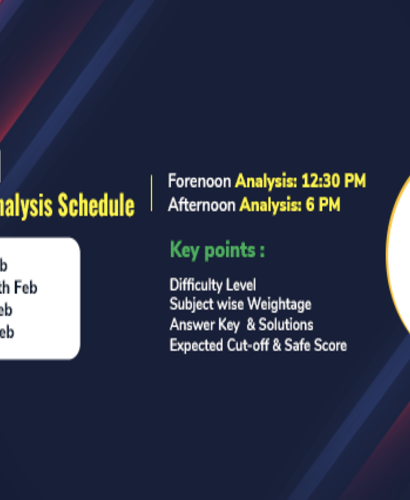Choosing a schooling option for your child is one of the top priorities for expatriate families. When you move internationally, you may find that many educational opportunities arise for your family and children. This is especially true when you relocate into areas of Asia, such as the Indian subcontinent, China, and other places.
While the schools in India and China have long been regarded as some of the best in the world, many institutions in Malaysia are surpassing them as the top choices for expatriate families in Asia. Why is this? Because the international schools in Kuala Lumpur and other areas follow what is known as international curricula. These standards of education and instruction are designed to provide the maximum possible benefit to students and families by preparing children to live successful lives after they finish their education – and the benefits don’t stop there.
Understanding the many reasons why parents opt for international schools over local, public institutions will help you make the best decision regarding your child’s education. That understanding starts with learning more about the international curricula that these schools rely on. Here’s more of what you need to know – and why so many families are choosing these top-notch schools for their children.
What Are International Curricula?
Unlike many public schools, international schools take their educational standards from international sources. Many times, these sources include curricula that were developed in India, the UK, the United States, or other places and have been studied extensively to determine their value for participants. Each curriculum is different in its approach and content, but they all have a common goal – guiding students into becoming valuable global citizens and well-adjusted, healthy adults.
Some of the most popular international schools combine elements of numerous curricula, creating a dynamic, hybrid approach. This is excellent news for students and parents, as the ability to develop an approach that suits the needs of modern children is a priority for expatriates and local families alike. After all, we live in a world that is constantly changing – and educational institutions have to be able to keep up with that change. International curricula combinations provide the perfect vehicle for that adaptation.
Should I Choose a School with Set Curricula – or Choose My Own?
When considering an international school, parents may be faced with an interesting choice: choose their own curriculum for their child’s education, or allow the school to recommend placement.
There are several advantages to each option. Obviously, the people in charge of your child’s school will ideally be experienced and highly educated in the advantages of each curriculum and how they will impact the students who participate in them. In this instance, if your child does not have specific, special needs that you need to cater to via their education, you may feel comfortable allowing the administrators and educators to place your child with their peers in whatever the set curriculum is for their age group.
In schools where the curriculum is already determined in advance for most students, these age groups play an important role in how children are taught. While a school may use a Montessori approach for early childhood education and preschool, they may move onto something else, such as the Cambridge approach for older children. This may change again when they reach the upper secondary grades in preparation for college or entering the workforce. The most important factor is preparing students to lead rich, rewarding lives. Finding the right curricula to provide that platform should be within the realm of expertise of your school’s administration.
Prefer to have more control over what your child learns and how? Outside of homeschooling, you may find that private education through an international school offering numerous curricula is a wise choice. This is especially true for children who have special needs, even if those needs are not remediation. Students who have conditions like ASD, ADHD, or even those who are especially gifted may struggle in some classroom settings but flourish in others. Finding the right fit for your child can be the key to unlocking their fullest potential.
The most important thing to remember when selecting curricula for your child is that many of these do not span the entire twelve years of standard education. As such, it may be not only a good idea but a necessary one to combine curricula to get the best and most comprehensive education possible for your child. In many of today’s most successful international schools, numerous curricula are available to students at different points in their educational careers. Two-year booster programs – like the Cambridge IGCSE – may help older children prepare for life after secondary school, while standard programs like the NCERT set by the Central Board of Secondary Education provide a well-rounded education to students of all levels of ability.
Ultimately, what’s right for your child is a decision that may take several people collaborating to figure out. Work with your child’s teachers and school administrators to find the fit that works. You’ll be glad you did – and your student’s future will be brighter because of it!












